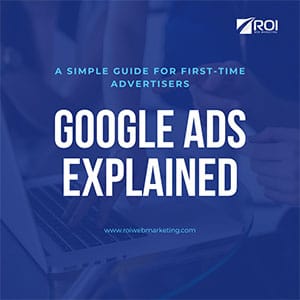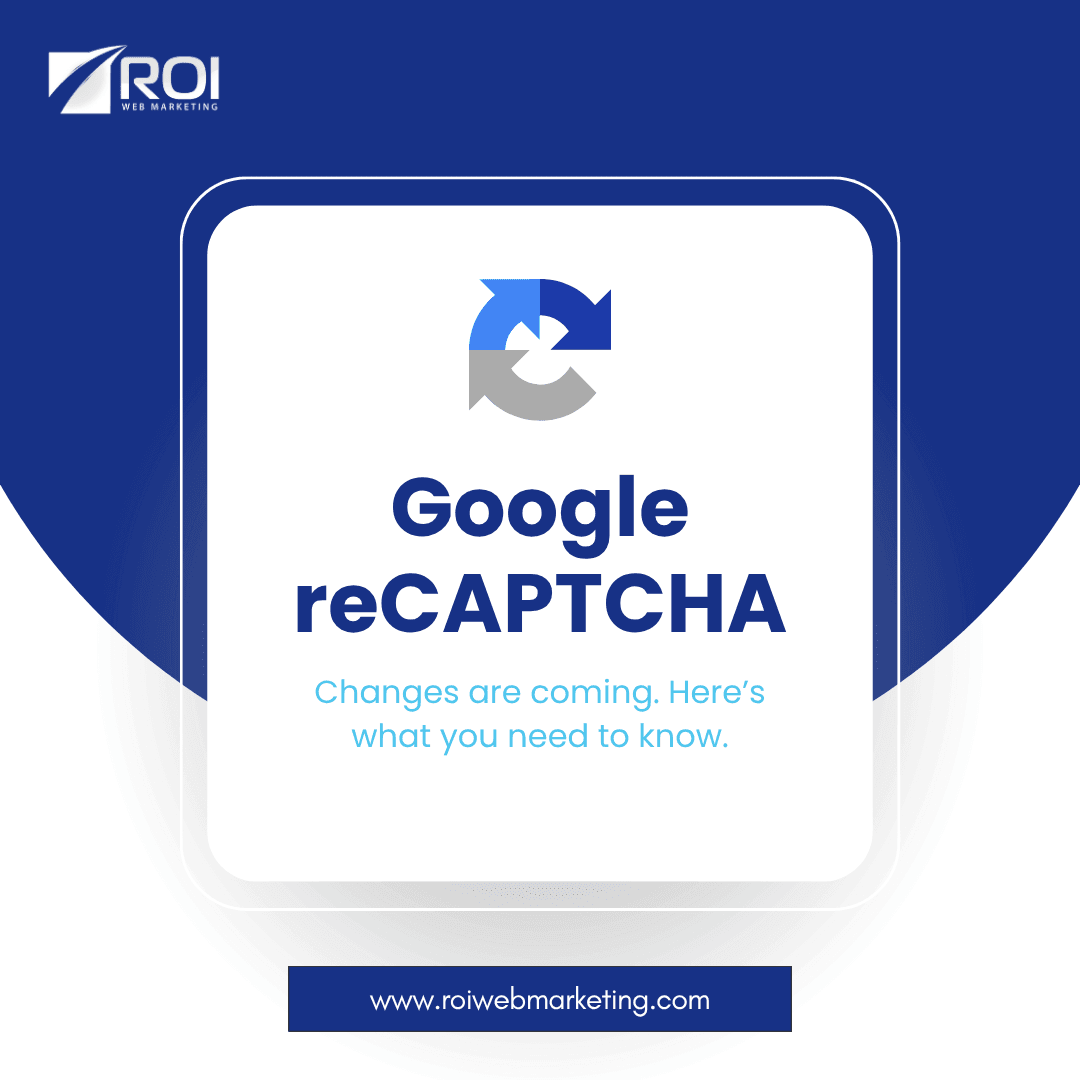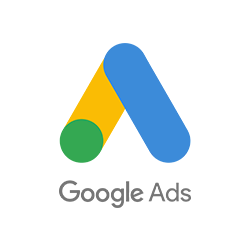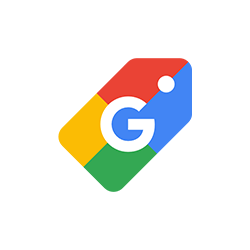Understanding Google Advertising
Google Ads is the largest pay-per-click (PPC) advertising platform. In the paid search model, you only pay when someone clicks one of your search ads. It also offers quick visibility, unlike long-game methods such as SEO. Online ads are placed near organic search results, allowing people who are searching for products or services like yours to see them even if your own website doesn’t rank highly enough to reach the first page of results. Google’s advertising platform also offers extensive data on things like clicks and conversions. That data helps advertisers spot problems in targeting and even the advertisements themselves before wasting too much time and money. With that information, it’s easier to adjust your campaign as soon as you discover an issue.
Starting Your Google Ad Campaign
The options are extensive when you use Google for your digital ads. You have a lot of freedom to craft a highly targeted campaign, but it can be hard to know where to start. Most first-time advertisers start with search campaigns. They’re a great way to jump in because of how well they target people who are already looking for relevant products and services. You can target a specific audience based on geography, interests, search terms, device type, and more. Before beginning, it’s vital to consider campaign goals. Begin with small goals so you don’t spread your advertising efforts too thin before you have enough valuable data.
Keyword Bidding and Selection
Keyword selection might be the most important thing to get right when it comes to Google Ads. With the right keywords, you can reach your ideal audience while attaining low ad spend. You can even use different keywords to target multiple specific audience segments. A limited budget means that your campaign might not be best served by relying on the most popular keywords; Google Ads uses a bidding system, and popular keywords generally cost more. That’s because Google’s algorithms are more likely to show campaigns with higher bids when someone searches for a popular keyword. It’s not all down to bid amount, though. Google’s algorithms also consider quality. You might feel relieved to learn that you don’t actually need to rank highly for popular keywords to achieve a successful campaign. Long-tail keywords, niche keywords used by people who know exactly what they’re looking for, can get stellar results because of how effectively they target individuals who are almost ready to make a purchase. They also have lower competition. You can begin the keyword selection process by brainstorming about which terms you believe potential customers might search for, but you’ll need more advanced tools to nail down the very best options. Google offers a Keyword Planner tool for that. SEO tools also make it easier to see which keywords your direct competitors are using.
Here are a few keyword types to consider for your campaign:
- Location-based keywords
- Long-tail keywords
- Keywords based on questions members of your target audience ask
Ad Optimization Strategies for Success
Any good ad will be clear and relevant with a strong call to action (CTA). Headlines and descriptions will be accurate. They’ll incorporate target keywords. Creating that type of ad is easier said than done, though. A/B testing, testing more than one ad to compare results, is helpful here. Such testing works best when the ads you compare differ in only one way, allowing you to collect highly targeted information instead of just guessing about what makes one ad more effective than another. You’ll want to measure metrics like click-through rate, conversion rate, and cost per conversion. Though you can craft a high-quality campaign yourself, it does involve a learning curve. Many business owners rely on web marketing professionals for PPC management.



















